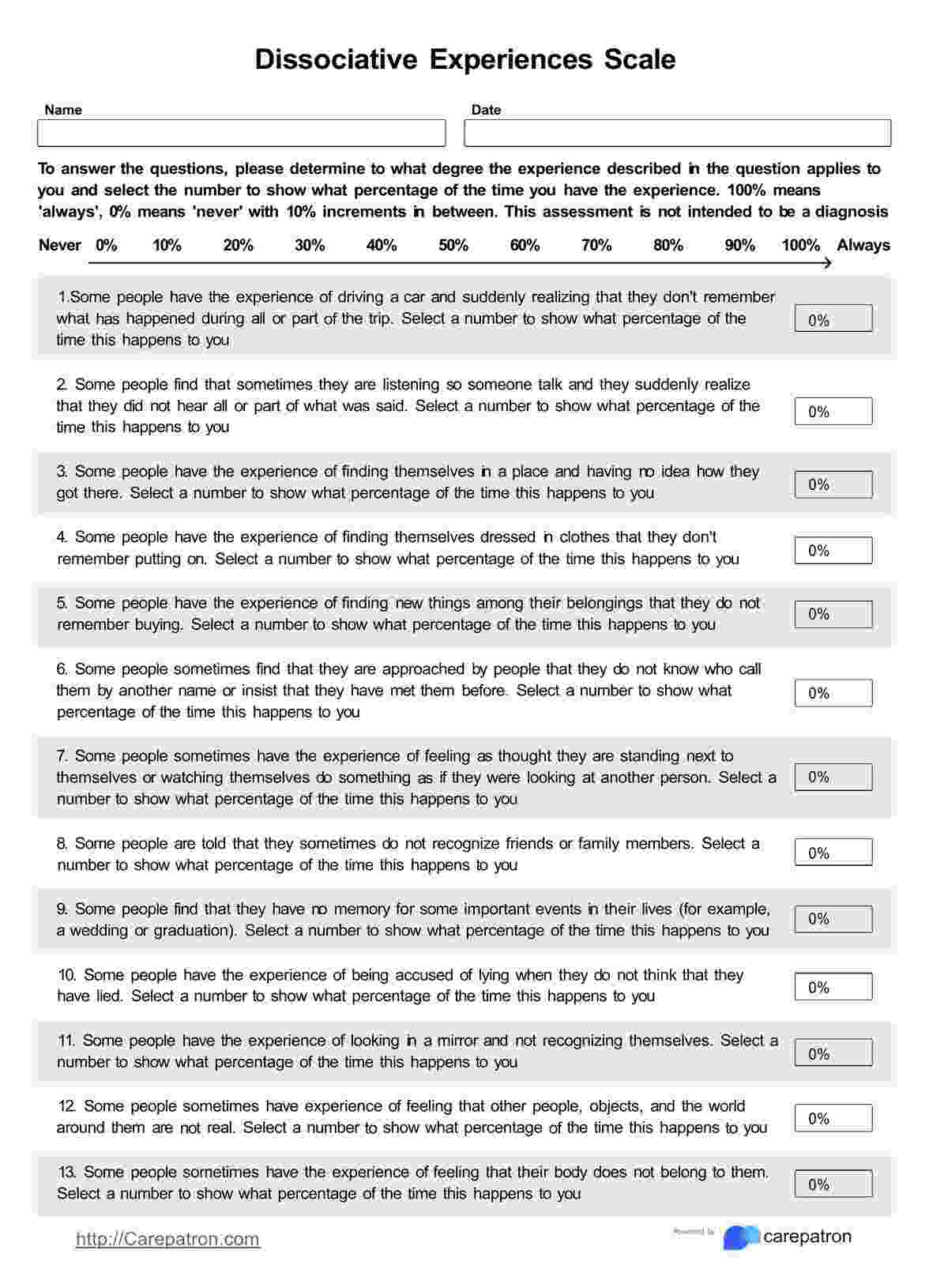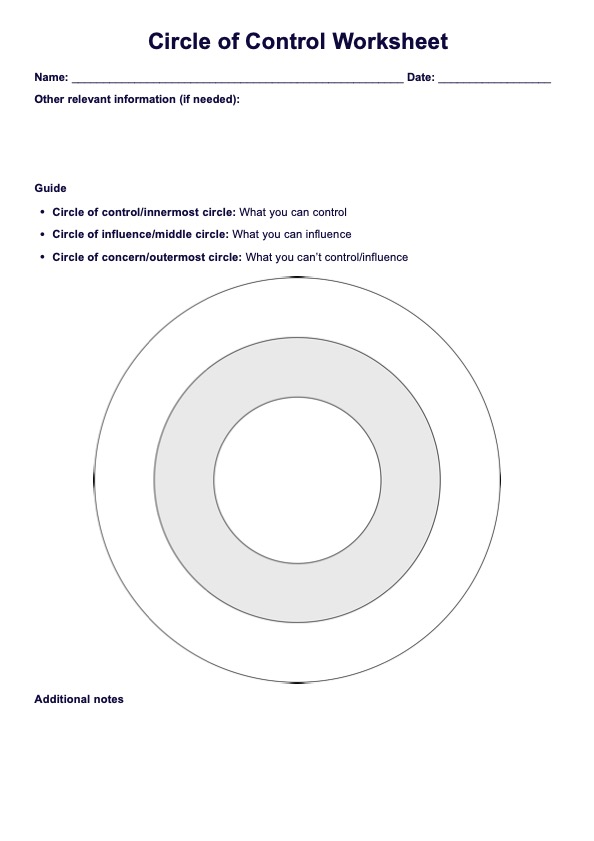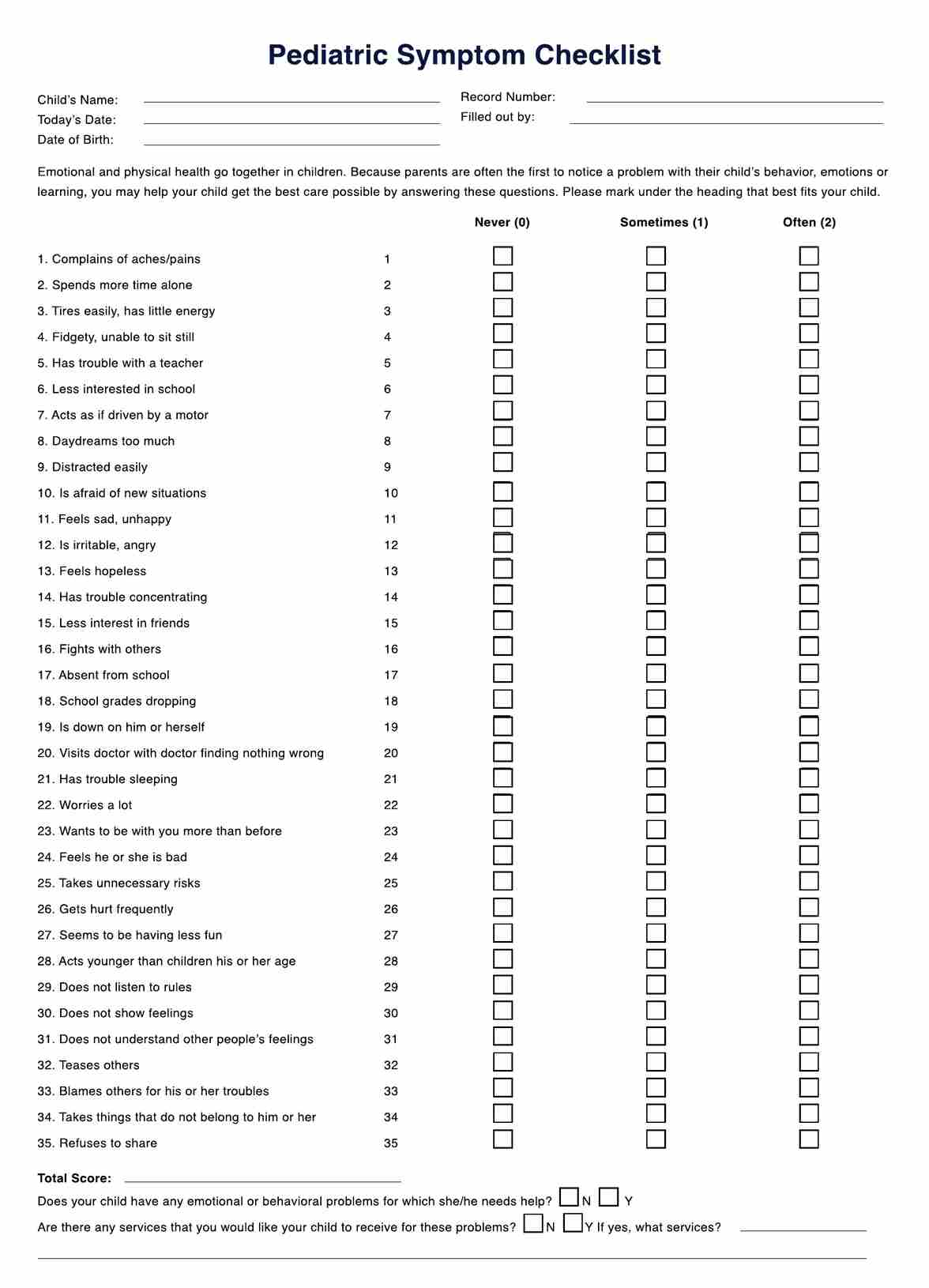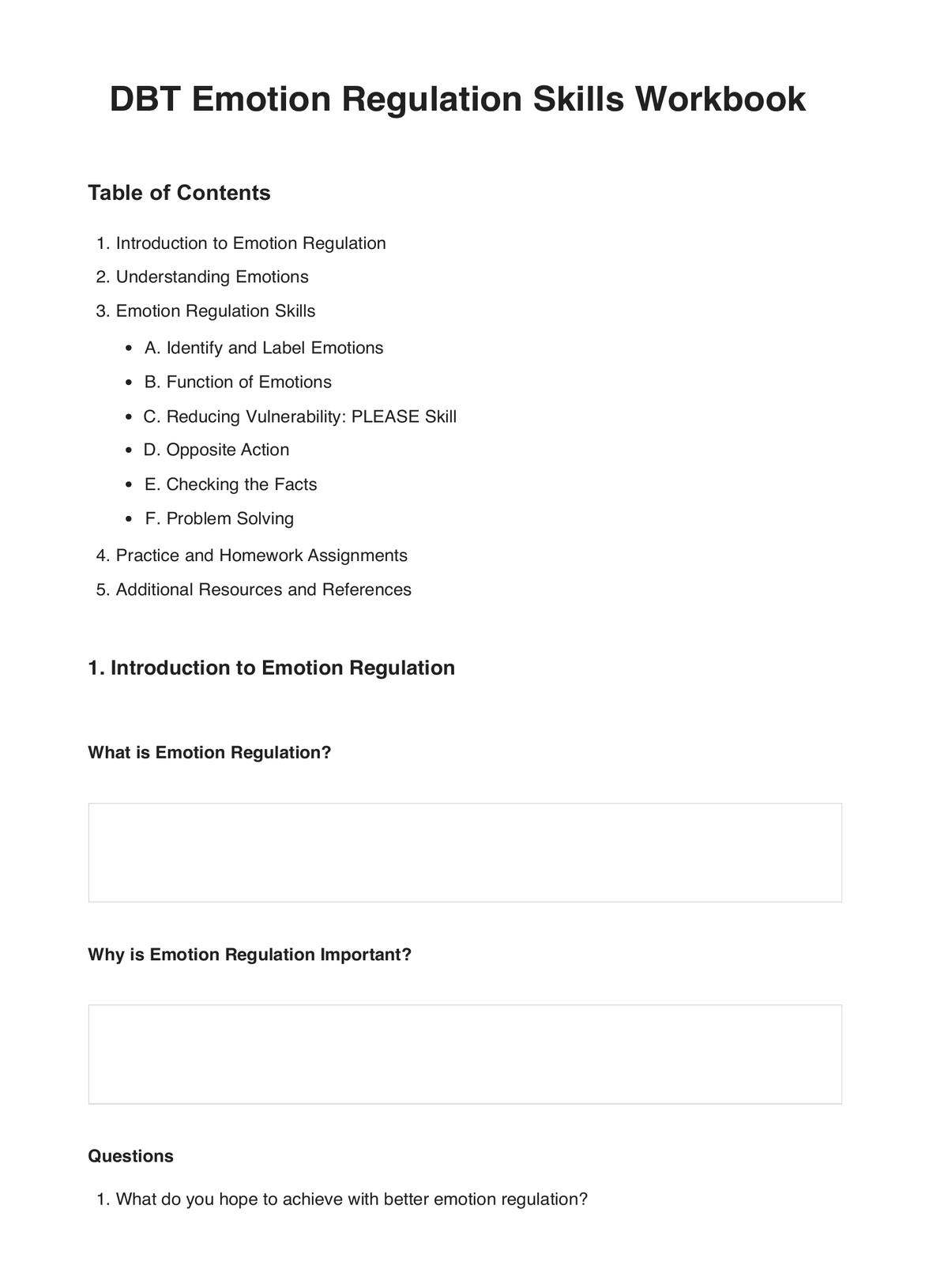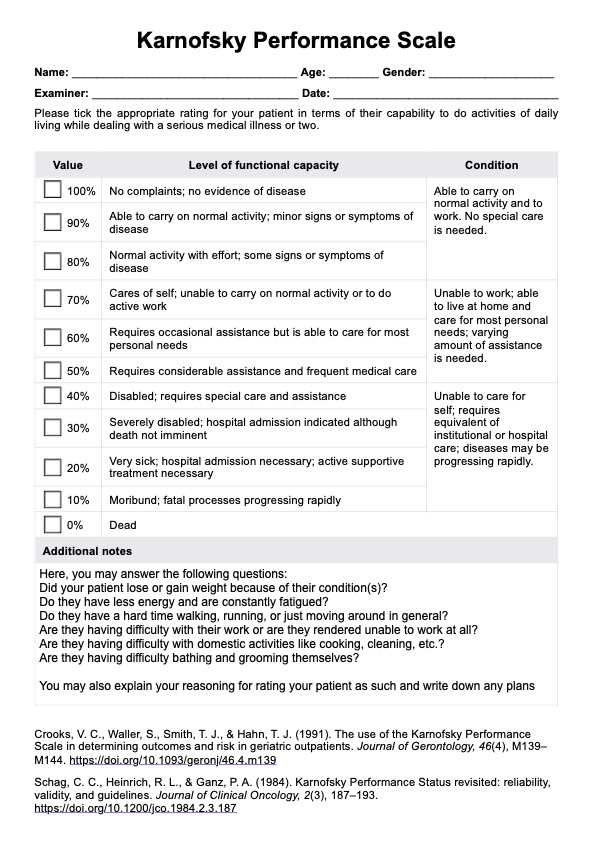Unpacking Your Sadness PTSD Worksheet
Gain clarity and healing with the Unpacking Your Sadness PTSD Worksheet. Manage PTSD-related sadness effectively while discovering self-awareness.


What is Trauma and PTSD?
Trauma is a profoundly distressing experience that can leave lasting emotional and psychological scars. Post-Traumatic Stress Disorder (PTSD) is a mental health condition that can develop after such trauma. often manifests as a profound emotional response to a traumatic event, and one of the most prevalent emotions in this context is sadness.
Sadness within the context of PTSD is more than ordinary grief; it's a pervasive and overwhelming feeling that lingers, often accompanied by a sense of hopelessness and despair. Trauma can shatter one's sense of safety and trust in the world, leading to a persistent sadness that clouds every aspect of life.
PTSD is characterized by symptoms such as flashbacks, nightmares, hypervigilance, and emotional numbness, all of which can intensify feelings of sadness. Trauma survivors may struggle to process their experiences, leading to a cycle of sorrow and emotional dysregulation.
Healing from trauma and PTSD involves confronting and processing these deep-rooted feelings of sadness. Therapy, support networks, and coping strategies play pivotal roles in helping individuals regain control of their lives. It's essential to recognize that sadness within the context of PTSD is a natural response to an unnatural event, and with the right help, individuals can work towards reclaiming their emotional well-being and finding hope beyond the shadows of trauma.
Unpacking Your Sadness PTSD Worksheet Template
Unpacking Your Sadness PTSD Worksheet Example
How to use the Unpacking Your Sadness PTSD Worksheet
Here are six steps to effectively use this worksheet:
Step 1: Get the Template
Obtain a copy of the "Unpacking Your Sadness PTSD Worksheet." You can print a physical or digital copy, ensuring easy access when needed.
Step 2: Find a Quiet and Comfortable Space
Choose a quiet and comfortable environment where you can focus on your emotions without distractions. This will create a conducive atmosphere for self-reflection and introspection.
Step 3: Identify Your Sadness Triggers
Begin by filling in the worksheet's sections dedicated to identifying sadness triggers. Reflect on recent situations or memories related to your PTSD that have triggered profound sadness. Be specific about the events and your emotional reactions.
Step 4: Understand the Impact of Sadness
Move on to understanding how this sadness affects you physically and emotionally. Acknowledge the physical sensations and emotional responses associated with your sadness. This step provides clarity on how sadness manifests in your life.
Step 5: Challenge and Cope
In the "Challenging Sadness" section, challenge negative self-talk by identifying and countering negative beliefs about your sadness. "Developing Coping Strategies" lists healthy ways to cope with sadness. This step empowers you to confront and manage your emotions effectively.
Step 6: Set Goals and Reflect
In the final steps, set goals for reducing the impact of sadness on your life and reflect on your progress. Establishing actionable goals and periodically revisiting your worksheet can guide your healing journey.
When Would you use This Unpacking Your Sadness PTSD Worksheet?
The Unpacking Your Sadness PTSD Worksheet is particularly beneficial in the following scenarios:
- After Traumatic Events: Following a traumatic incident, individuals can use the worksheet to process their emotions, especially if they experience overwhelming sadness. It helps in recognizing triggers and initiating the healing process.
- During Therapy: Mental health professionals, such as therapists and counselors, can incorporate the worksheet into their sessions with clients who have PTSD. It facilitates discussions, aids in identifying issues, and guides the therapeutic process.
- Self-Exploration: The worksheet is a valuable resource for those on a journey of self-discovery and emotional growth. It can be used regularly to delve into the complexities of PTSD-related sadness, fostering self-awareness and personal development.
- Relapse Prevention: People in recovery from PTSD may encounter triggers or setbacks. The worksheet can be a preventive measure, allowing them to address emerging sadness before it escalates.
- Support Groups: Facilitators of support groups can employ the worksheet to structure discussions and provide participants with a framework for sharing and processing their experiences.
What are the Benefits of Using This Unpacking Your Sadness PTSD Worksheet?
Emotional Regulation
One of the key benefits of using the free Unpacking Your Sadness PTSD Worksheet is its role in helping individuals regulate their emotions. By dissecting the components of sadness triggered by PTSD, individuals can better understand the sources of their distress. This increased awareness empowers them to manage their emotions more effectively.
Enhanced Coping Strategies
The worksheet identifies unhealthy coping mechanisms and encourages the development of healthier alternatives. Prompting individuals to explore and list healthy ways to cope with sadness promotes the cultivation of adaptive strategies.
Validation of Emotions
Often, individuals with PTSD struggle with feelings of isolation and self-doubt. The worksheet validates these emotions by providing a structured platform for individuals to express and examine their sadness.
Holistic Healing
Beyond addressing sadness, the worksheet encourages holistic healing. It prompts individuals to consider the impact of sadness on their physical and emotional well-being, behavior, and relationships.
Adopting this PTSD worksheet template can fortify your practice and client achievements. This tool is essential for personalized treatment plans.
Commonly asked questions
The time it takes to complete the worksheet varies from person to person. Still, it typically takes around 30 minutes to an hour, depending on the depth of reflection and emotional exploration.
The worksheet can help individuals by providing a structured way to understand and manage their overwhelming sadness related to PTSD, leading to improved emotional well-being and personal growth.
The worksheet is best used after experiencing a triggering event, during therapy sessions, for self-reflection and personal development, or when seeking support to address and manage PTSD-related sadness.
Anyone who has experienced trauma or is dealing with Post-Traumatic Stress Disorder (PTSD), including individuals and healthcare professionals, can use the worksheet to explore, understand, and manage feelings of sadness associated with PTSD.



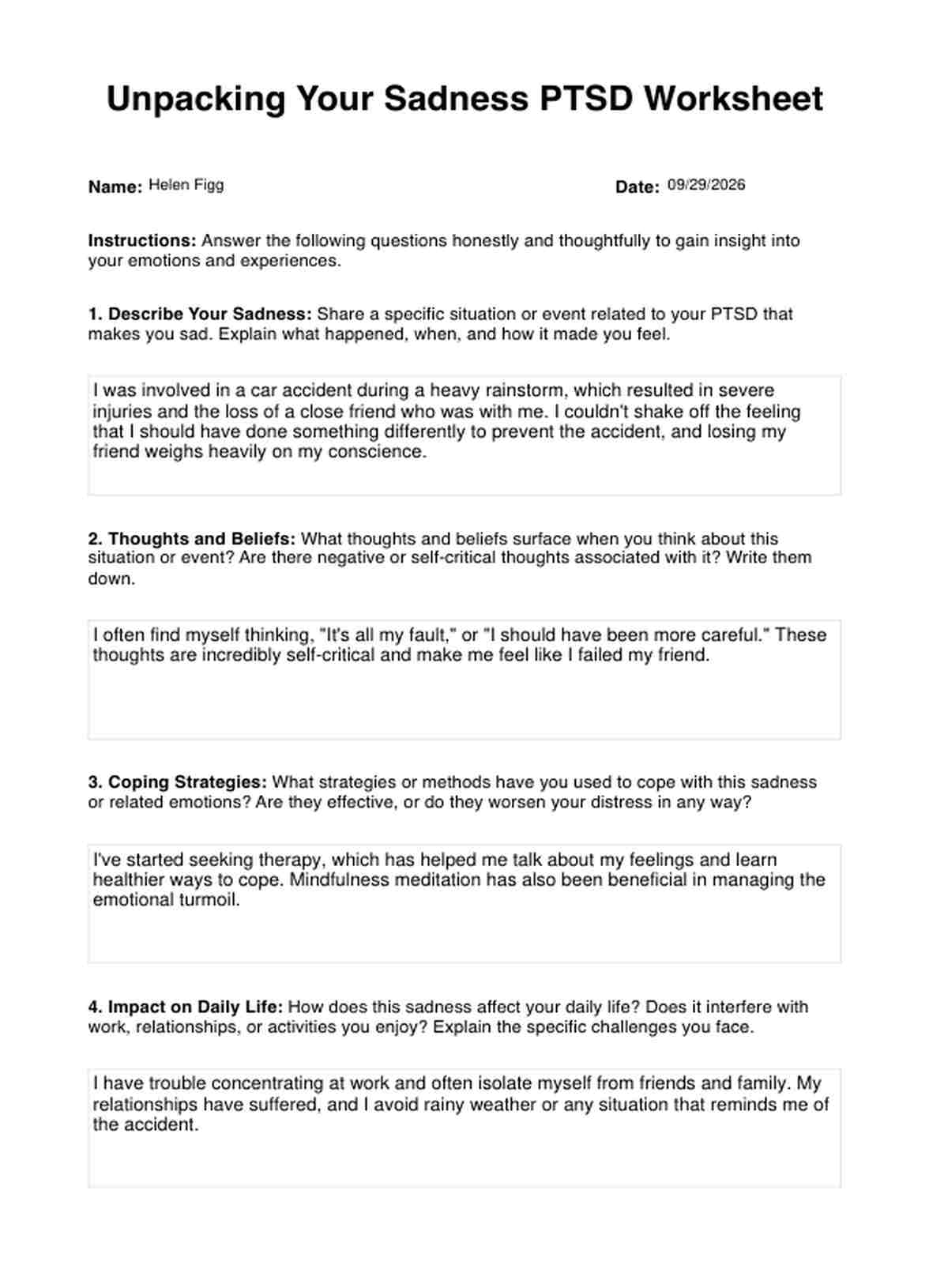
















-template.jpg)




















































































